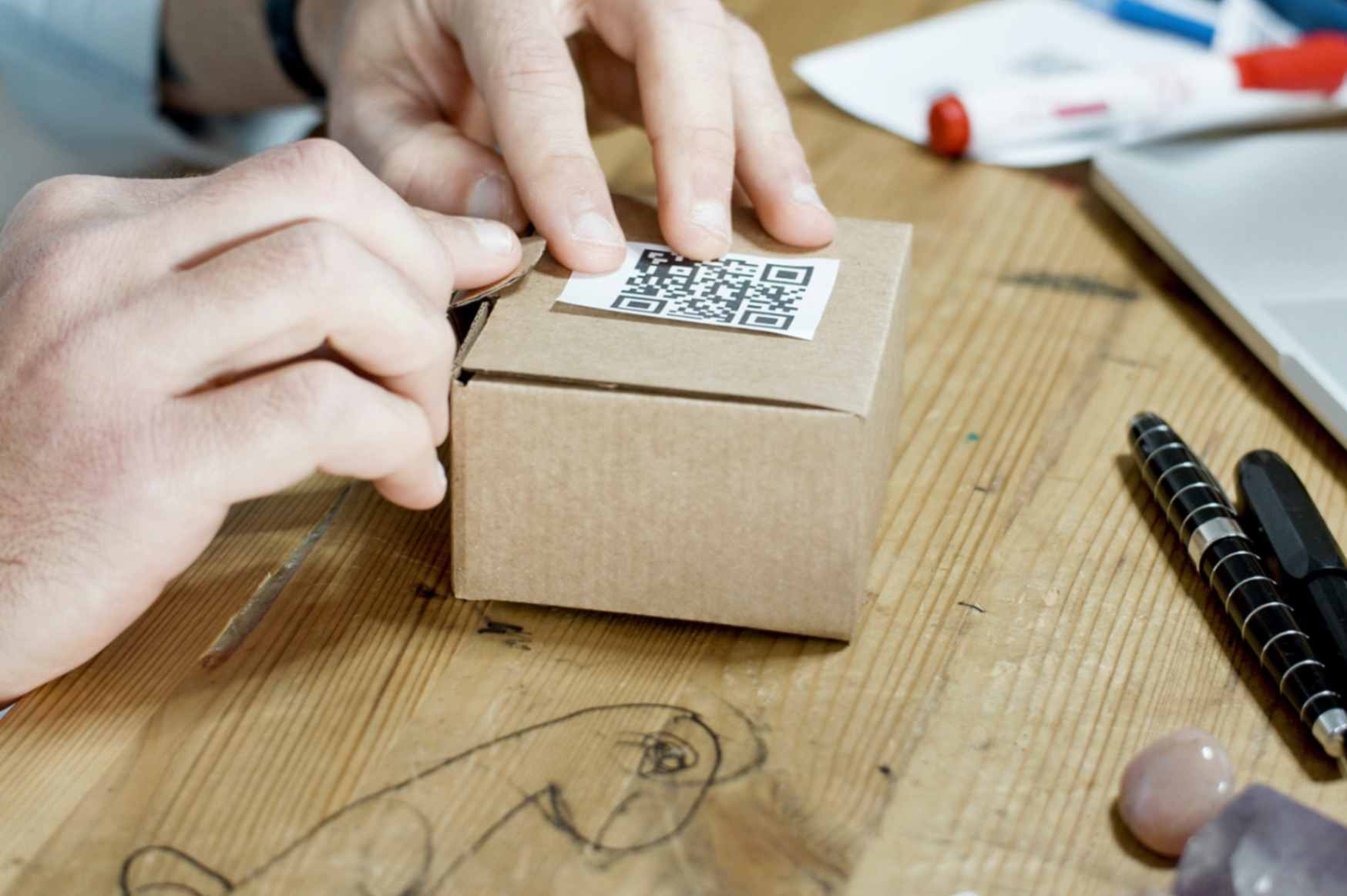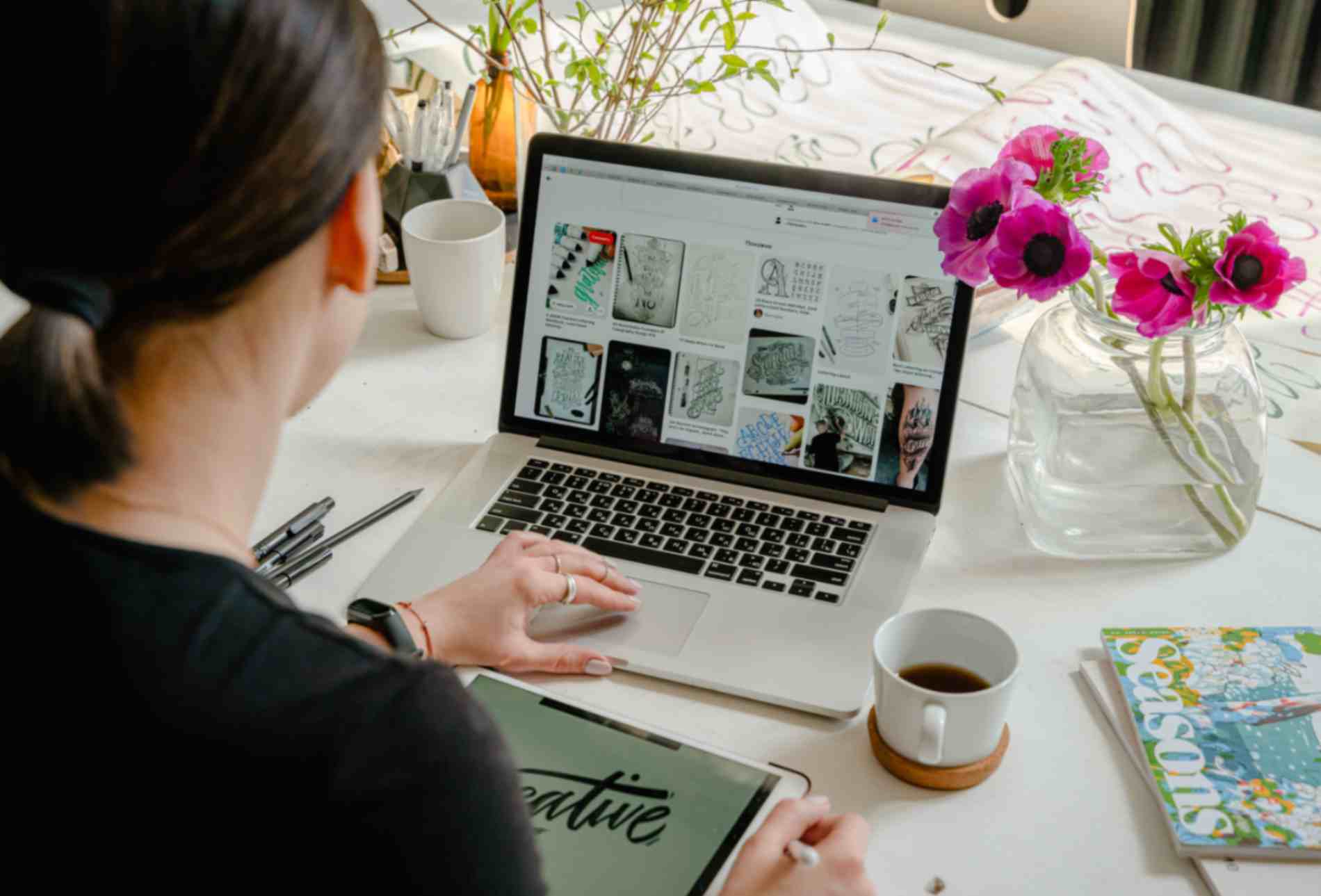How to Turn a Picture into a QR Code for Free?
Jonathan Palley
Mar 15, 2024
There are various QR code generator tools that support the conversion of pictures into QR codes. What's even great about this is that they are highly accessible and you can use them for free. One popular tool that offers image-to-QR conversion is QR Code Generator Hub.
With the rise of the digital world, QR codes have become an increasingly popular tool for individuals and professionals. Through its unique features, they are able to share multimedia content like images with ease conveniently.
How to Store a Picture in a Dynamic QR code
Here's a step-by-step guide to help you become more familiar with converting images with QR Code Generator Hub:
Step 1: Visit QRCodeGeneratorHub.com
Access QRCodeGeneratorHub.com using any browser on your mobile device or desktop. This widely-used QR code generator allows you to generate dynamic QR codes without any cost constraints.
Step 2: Upload your chosen image or digital content
Dynamic QR codes are versatile, catering to various needs. To create dynamic QR codes directing users to an image, select the "image" option in the digital content types and upload your desired image. Alternatively, opt for the "URL" option to input the link for the image you want to share.
Above the text box, you'll find options for different digital content types, such as PDFs, images, vCards, and applications. Note that available fields may vary based on the chosen digital content.
For instance, creating a vCard QR code triggers a form for entering contact information, while an application QR code allows you to attach a download link. An advantage of dynamic QR codes from QR Code Generator Hub is their adaptability; you can adjust their functionality even after printing.
Step 3: Customize the design of your Dynamic QR Code
QR Code Generator Hub offers limitless and free customization options for your QR code's design. Utilize this dynamic QR code generator to tweak the logo, colors, style, border, and text to align with your brand and specific use case.
Step 4: Download your personalized Dynamic QR code
If you're not registered, simply click the download button to save the dynamic QR code to your computer. If you've signed up, choose the appropriate file format to ensure compatibility with your intended device.
Step 5: Integrate the QR code into your marketing materials
Include your QR code in your marketing materials, whether in print or digital form. Ensure it is prominently placed for easy visibility by your customers or audience.
A significant advantage is the flexibility to modify the functionality of your dynamic QR codes by logging in, eliminating the need for reprinting or adapting to changing marketing priorities.
There you have it. You have successfully created unlimited QR codes for free in a matter of seconds.
Why Turn a Picture into a Dynamic QR Code?
QR codes are popular for their ability to instantly share information from one device to another. But its benefits do not end there.
If you are wondering why you should use QR codes to share images, here are some of its advantages:
- Increased security for authorized image access
- Compatible with mobile scanning
- Accessible for offline environments
- Cost-effective solution for marketing purposes
- Embedded with tracking and analytics features
- Enhanced user experience
- Additional visual element to QR code content
Best Practices for Converting Pictures into Dynamic QR Codes
Whether you are using QR codes for personal or professional purposes, it is still essential to ensure its functionality. To optimize the QR code's readability and scannability, here are some practices you should know:
- Choose a high-resolution picture that is clear with an optimized size
- Consider the contrast of the QR code
- Test the QR code with multiple devices to verify its functionality
- Place QR codes in prominent locations where they are easily scannable
- Include clear and concise instructions on how to scan the QR code
- Employ tracking tools to monitor QR code performance
Example Use Cases of Image QR Codes
Here are the different ways to use an image QR code:
Art Galleries and Museums
Within the realm of art galleries and museums, the implementation of QR codes adjacent to exhibits serves as an instrumental tool for fostering a deeper connection between patrons and artworks. By scanning the code, visitors gain immediate access to supplementary information, artist biographies, historical context, and high-resolution images associated with the showcased artworks. This approach not only enriches the viewer's understanding but also aligns seamlessly with the digitization of cultural experiences.
Product Packaging
When incorporated strategically, these codes become conduits for an enriched user experience. For instance, when scanning the QR code on a product's packaging, consumers are presented not only with product images but also guided through demonstrations, instructional content, and user manuals. This interactive paradigm transforms the act of unboxing into an informed and engaging process, enhancing user-product interaction.
Real Estate Listings
Within the real estate sector, image QR codes embedded in property listings offer prospective buyers or renters immediate access to a comprehensive visual portfolio. By scanning the code, users can view high-quality images, virtual tours, or videos, facilitating a virtual walkthrough of the property. This application streamlines decision-making processes, providing a nuanced understanding of the property without the need for physical visits.
Event Promotion
For event organizers seeking to heighten anticipation and engagement, integrating image QR codes into promotional materials proves invaluable. When featured on event flyers or posters, these codes link to curated photographs from past editions, artist performances, or event highlights. This not only serves as a sneak preview for potential attendees but also contributes to a comprehensive and immersive understanding of the upcoming event.
Educational Materials
Within educational contexts, the inclusion of image QR codes within textbooks, worksheets, or instructional posters serves as a dynamic supplement to traditional learning materials. Students, equipped with smartphones, can effortlessly scan these codes to access supplementary images, interactive content, or video tutorials. This synergistic approach to education not only accommodates diverse learning styles but also fosters a more engaging and comprehensive educational experience.
Strategically incorporating these image QR codes across these professional landscapes signifies more than a technological augmentation. It also emphasizes the importance of innovation to open up more opportunities and enhance user engagement.



